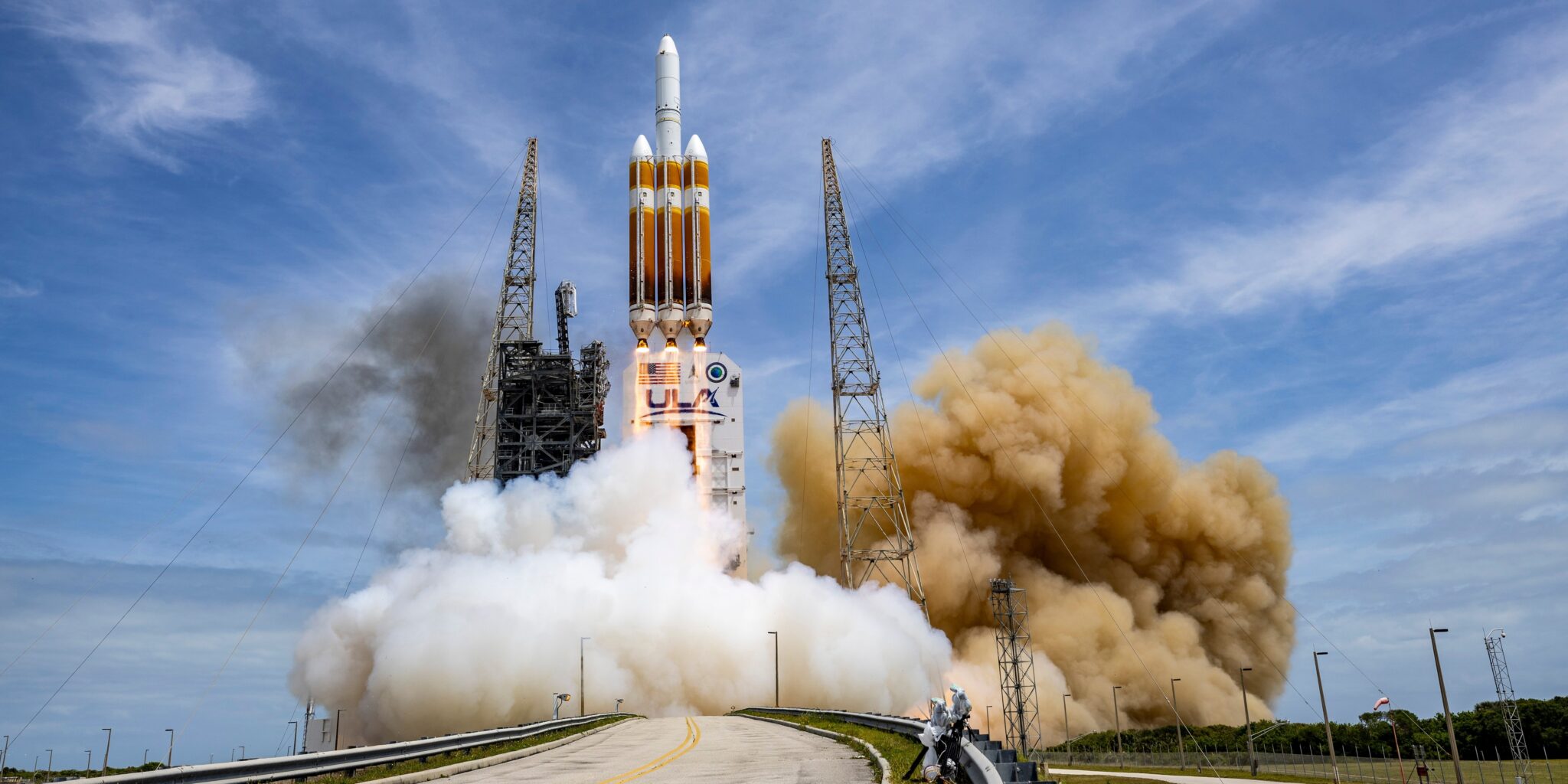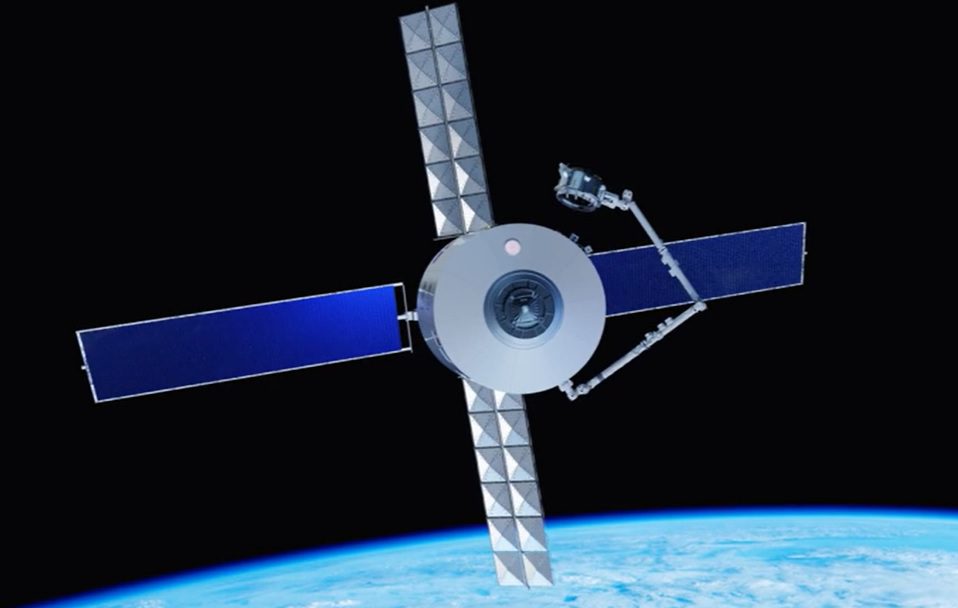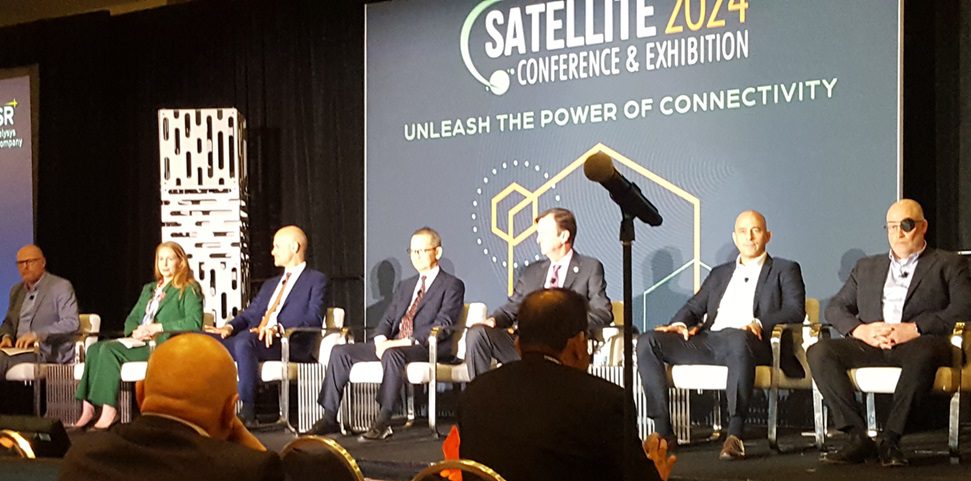credit: NASA
These slides, from a presentation given at NASA’s Lunar exploration concepts briefing held on 25 September, give an indication of quite how far away the mature technology is to achieve a lunar landing even by 2020
credit: NASA
The announcement in 2005 of a return to the Moon effort that was “Apollo on steroids” may have seemed feasible with a 13-year duration between the announcement and the original 2018 target date for a manned Moon landing – even with a NASA that has to cope with a flat budget half that of the Apollo programme era
click on any image in this blog post to see a larger version in the same window browser
But the ongoing technical challenges NASA is facing above and beyond the likes of thrust oscillation (TO) for the Ares I crew launch vehicle are making me and my counterparts in other aerospace magazines wonder whether the lunar outpost plans are at all feasible within even the now extended timeframe of early 2020
In a conversation with a fellow journalist from Aviation Week and Space Technology at the AIAA Space 2008 conference in San Diego earlier this month my counterpart remarked, with some exasperation, that the NASA exploration technology development programme presentation he had seen had shown that that project was working in virtually every technical area required for all of the Constellation vehicles. I nodded in agreement having drawn a similar conclusion at another conference
One of the outcomes of this technological shortfall is that Brad Jones of the Altair project office had to tell one audience that the Altair lunar lander, which is promoted as having “global capability” to reach any part of the Moon and requiring “anywhere, anytime return” in an emergency, would actually only reach 80% of the lunar surface. And this admission comes at a stage in Altair’s development when there isn’t even a point-of-departure design
Who do I blame? Bob Zubrin. Before I get a phone call from Bob I’d like to add that I name him partly in gest. You see Bob has popularised the idea of in-situ resource utilisation (ISRU) with his admittedly excellent book The Case for Mars
And this, I am beginning to think, is where NASA’s problems start. The agency’s 2005 Exporation Systems Archictecture Study (ESAS) began with the idea of a manned Mars mission and worked backwards to create the vehicles now being developed under the Constellation programme
The subsequent post ESAS manned Mars mission architecture requires ISRU (as far as we know as John Connolly’s Design Reference Mission 5.0 has never been publicly released) and would involve using Martian water sources and other chemicals for fuels and life support. So when NASA came to plan its return to the Moon and to use that as preparation for a Mars mission it was logical that a lunar outpost should use ISRU
And this is where the problems really begin. While lunar rock can be baked for oxygen and other chemicals it was sources of water and a major assumption about the likely locations for that lunar water that have driven the siting of the outpost concepts at the poles, notably the south pole
That single fact drives the lunar lander “global capability” and therefore “emergency return from anywhere at anytime” requirements
This in turn drives the need for long term cryogenic propellant storage technologies as storable propellants would, a, freeze in lunar temperatures so they need heating anyway, and b, these hypergolic fuels and oxidisers are much heavier
The need to reduce mass is because, for operating cost reasons alone, you want to maximise the amount of cargo, crew and equipment you send with every launch so even with a very capable rocket you want the most structurally and propulsion efficient lander
Another example is the Orion crew exploration vehicle. This has now had its preliminary design review delayed by 10-months. This is in part because the Ares I crew launch vehicle design is not sufficiently advanced with solutions to the TO problem so certain questions about Orion can’t be answered. More direct technical questions yet to be answered for the CEV are its landing system with airbags and the heat shield
But a less obvious issue is the technology required to sustain the Orion in low lunar orbit for seven-months, such as how to keep liquid the storable service module engine and orbital manouvering system propellant that will ensure a timely return to Earth during an emergency whatever the orbit or change of orbit required to meet a malfunctioning ascent vehicle
I have no idea what the technological readiness level (TRL) of such storage technology is but I do know that the Orion avionics team had to demonstrate their systems at TRL of six, which means a demonstration in a “relative environment,” by the spacecraft’s preliminary design review and that should have occured this November. The avionics team were adamant they had met their goal. Fine you might think but the next design review, the critical one, the CDR, was planned for the second quarter of 2009, just six or seven months later
Can you develop such technologies from this TRL of six, early prototype stage, to something that has to be built into the almost-flight model test article spacecraft that will follow a successfull CDR?
You may also ask the question, but surely Orion is going to ISS first, why not have a block one version that goes to station and have a black two version for the Moon later? NASA had exactly that plan initially and then they started talking about the differences being between the two as just software and the agency’s administrator Michael Griffin has told me more recently that there is no block one or two
Why? Because ask an academic who has studied rocket development and they will tell you that Mark II is often as expensive to develop as Mark I. Coming back to that issue of operating costs, why operate a low earth orbit Orion that has to be upgraded eventually with the inevitable processing changes and related costs when you can design the more capable Moon variant first?
So, NASA finds itself with convincing arguments that to stop unacceptable future increases in its operational costs it is forced to develop a spacecraft now that it won’t actually need until 2020 and all because the target is 2015 to service the station but it is finding one major problem, the technology to meet ISRU concept, go anywhere, come back from anywhere, stay in orbit for seven plus months spacecraft is way beyond our technological readiness levels because today humanity could not even confidently repeat the more limited lunar equatorial missions of the Apollo programme








